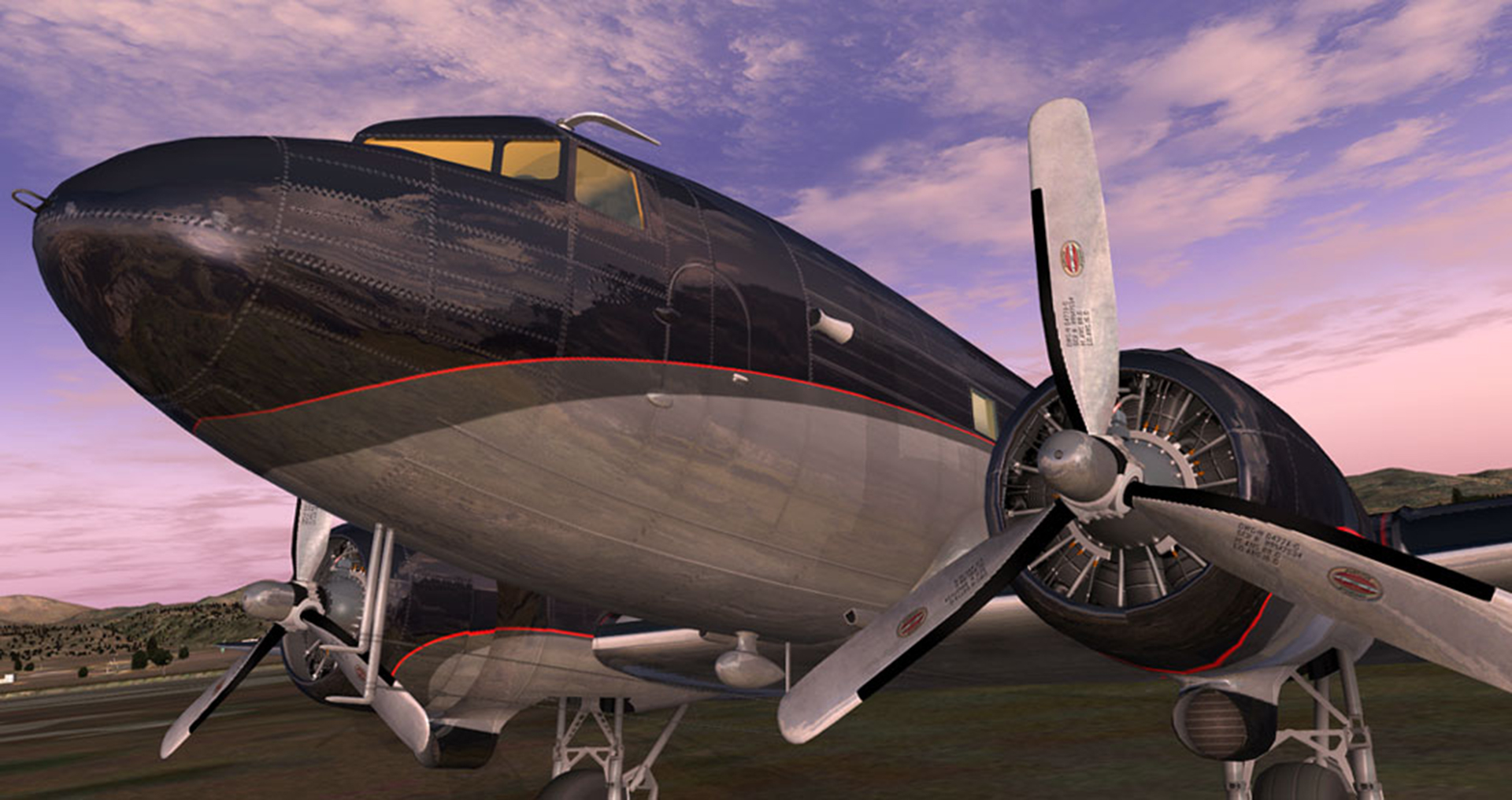tgycgijoes
Members +
Is SOH still waiting to upload it, couldn't find it. Can you put a link to it here please for me and anyone else having trouble that would like these.
There seems to be an uptick in Political comments in recent months. Those of us who are long time members of the site know that Political and Religious content has been banned for years. Nothing has changed. Please leave all political and religious comments out of the forums.
If you recently joined the forums you were not presented with this restriction in the terms of service. This was due to a conversion error when we went from vBulletin to Xenforo. We have updated our terms of service to reflect these corrections.
Please note any post refering to a politician will be considered political even if it is intended to be humor. Our experience is these topics have a way of dividing the forums and causing deep resentment among members. It is a poison to the community. We appreciate compliance with the rules.
The Staff of SOH
 The Shift + 4 (Monitor) is more responsive to the doors and step mouse click too.
The Shift + 4 (Monitor) is more responsive to the doors and step mouse click too.
Just uploaded to the Library:
FSX/P3D C-47 V3 Three Exterior Models
This package includes exterior only models C47v3_1 (wartime, Rebecca aerial, no beacon), C47v3_2 (post-war, tailfin beacon, minus Rebecca), and C47v3_GAF (special aerials and beacons as used by the GAF calibrator planes of the nineteen seventies). Models and paints by Manfred Jahn. They all work with the Vintage Virtual Cockpit (VVC) designed by Jan Visser et al. Previous installation Douglas_C-47_V3_12_Beta.zip or later required.
Is SOH still waiting to upload it, couldn't find it. Can you put a link to it here please for me and anyone else having trouble that would like these.
Richard,
Unless you haven't discovered, it is available now.
http://www.sim-outhouse.com/sohforums/local_links.php?catid=37&linkid=21741
Thank you for the link I just downloaded them and will update all MY V2 repaints.
The location of gauges are a little different on different planes. This cockpit matches a particular real aircraft, and so its gauges match those.

 . Thank you.
. Thank you. 

When using the Pilot checkoff list, I'd like to know why the fuel pumps are switched on after airborne? And why are they called to be switched off after landing?
When do we use the boost pumps? I always thought that a fuel pump is something that pumps fuel. If the fuel pump in my car croaked, I'd be walking.
I'd sure like a copy of this paint, pretty please. Thank you.
Using the term "Fuel Pumps" is somewhat of a misnomer...the checklist really should say "Boost Pumps". On any aircraft there are a number of fuel & boost pumps. Usually one "Fuel Pump" on each engine, that is driven by the engine and can not be turned on or off. Then there are usually one "Boost Pump" (electric motor driven) per fuel tank, but sometimes just one "Boost Pump" inline from the tanks to each engine.
The usual procedure is to turn on the Boost Pumps to start the engines, otherwise there would be no fuel going to the engine until it started running. Once it starts the Boost Pumps are turned off as the engine pump takes over to keep fuel pressure to the engine. Then, just before takeoff, the Boost Pumps are turned back on, for safety in case there is a failure of the engine driven pump on takeoff, and left on until a reasonable altitude is reached and then they are turned off. They are turned off at altitude to prevent pre-mature failure due to wear of the components. Then, again, for safety, they are turned back on for landing (in case of engine pump failure on approach)...once landed they are no longer needed so again are turned off.
My checklist has the "Fuel" (Boost) being turned OFF (not ON) after airborne...I assume that is what you meant.
Hope this helps.

